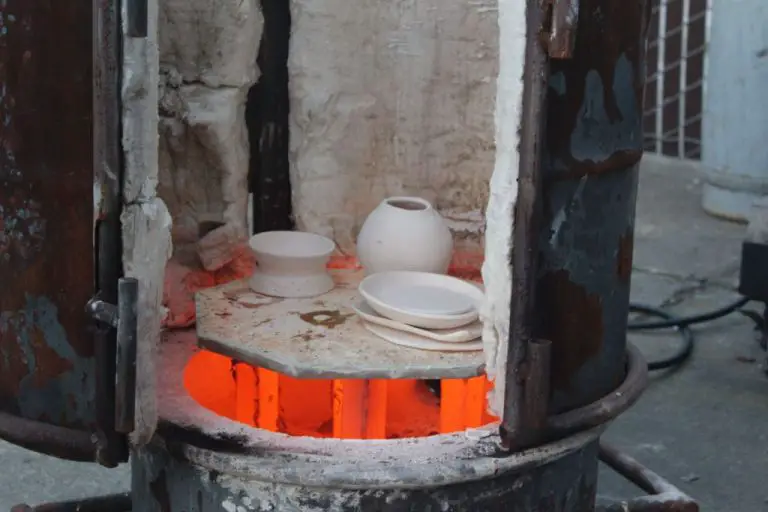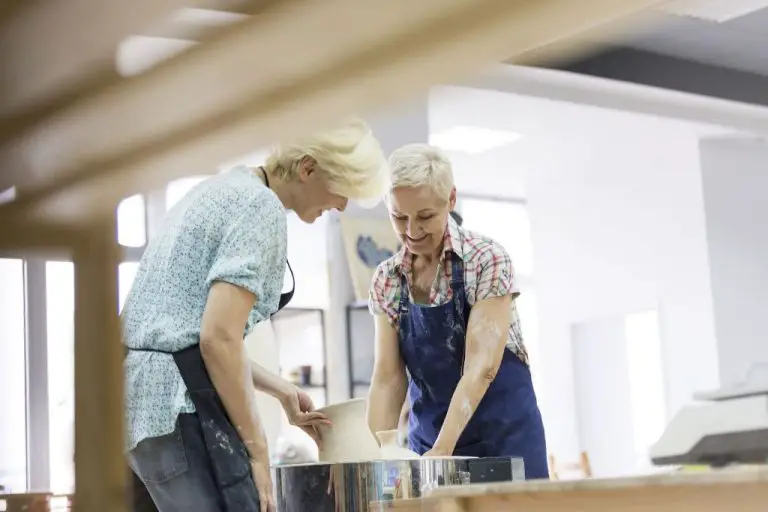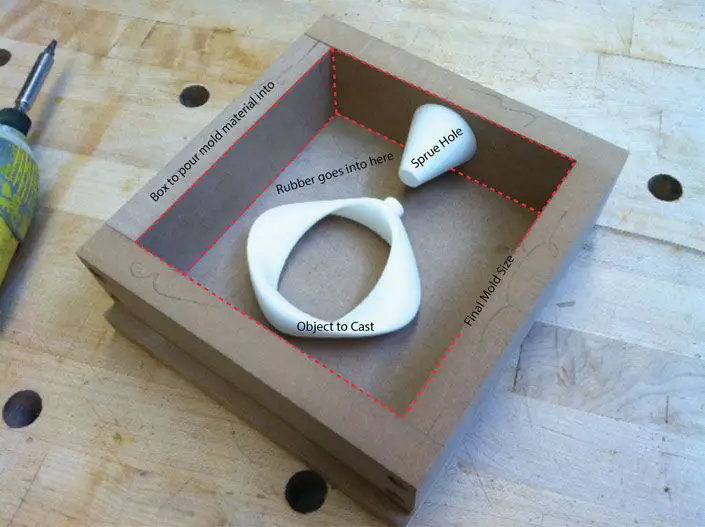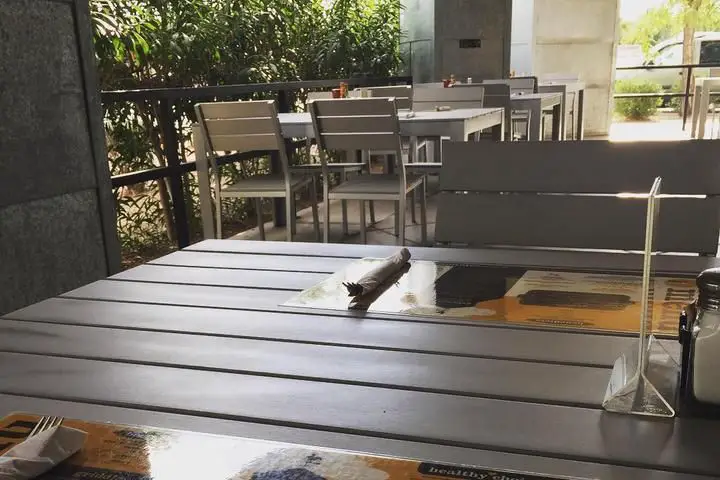What Can I Make In A Small Kiln?
A small kiln is a fired chamber used for high-temperature heating processes such as pottery, ceramics, glass, metalwork, and food preparation. A small kiln has an internal chamber typically less than 2 cubic feet in size. The maximum temperature range is usually between 1300°F to 2300°F (700°C to 1250°C).
Small kilns allow firing of small wares and test pieces. Items that can be fired in a small kiln include ceramic pots, tiles, sculptures, glass beads, pendants, small metal castings, enameled jewelry, wax models, papers, clays, and small batches of food like fruit leathers.
Benefits of small kilns include faster heat up and cool down cycles compared to large kilns according to The Basics – Kilns | Ceramic Pottery. The small size allows firing smaller loads, testing glazes, and beginning students to learn firing techniques more quickly.
Ceramics
Pottery is one of the most common items made in a small kiln. Clay pots, mugs, vases, and bowls can all be fired in a kiln to harden and finish them. High firing temperatures result in ceramic ware that is more durable for daily use. Glazes can also be applied before firing to add color and make pottery food-safe.
Dishes like plates, bowls, and platters are other practical ceramic items that are well-suited for kiln-firing. The smooth, hard surface of kiln-fired ceramicware makes these types of dishes more stain-resistant and durable for regular use.
Ceramic tiles are a versatile kiln-fired product used for countertops, flooring, and wall décor. Tiles can be decorated with glazes and patterns before firing. The kiln heat hardens the clay and adheres any surface decorations. Ceramic tiles come in all sizes and shapes to accommodate a range of design aesthetics.
Kilns allow ceramists to fire sculptural works like figurines, busts, and statues. These more intricate kiln-fired ceramic pieces make for unique decorative objects. Careful kiln firing helps set the form and harden sculptural works while minimizing any cracking or damage from the high heat.
Glasswork
Small kilns are great for making various types of glasswork such as fused glass, slumped glass, and pate de verre. Fused glass involves layering different pieces and colors of glass together in a kiln, allowing them to fuse into a single cohesive piece as the glass softens at high temperatures. The glass pieces can be arranged to create patterns, images, textures, and more unique effects. Slumped glass also starts with layering cut glass pieces, but they are then drooped or slumped over a mold to create 3D shapes like bowls, plates, and sculptural objects. https://www.soulceramics.com/collections/glass
Pate de verre begins with crushing glass into a powder, mixing it with a binder, and applying it into a mold. When fired, the glass powder melts to fill the mold. Intricate and detailed forms can be achieved with pate de verre. Small kilns allow glass artists and hobbyists to safely work with glass at the high temperatures needed, opening up many possibilities for small-scale glasswork.
Metalwork
Small kilns are great for creating small metal sculptures and jewelry pieces using metal clay. Metal clay is an amazing material composed of tiny particles of metal and an organic binder that allows you to mold it like clay. Once dried, the pieces are fired in a kiln where the binder burns away and the metal particles are sintered together into a solid, pure metal object (Source).
Precious metal clays like silver, gold and bronze are commonly used to make jewelry. The fired pieces can be polished and transformed into wearable art like rings, pendants, earrings, and more. Molds are available to impress designs and textures. Small sculptures and decorative objects can also be made this way.
Firing metal clay requires temperatures between 1,400-1,650°F depending on the type of clay, well within the range of small hobby kilns. Special vent-free kilns allow jewelry artists to fire metal clay in their studios or homes (Source). With proper care, even an old kiln can be modified into a metal-melting furnace capable of firing metal clay (Source).
Enameling
Enameling is the process of fusing powdered glass to metal or glass to create a glossy, durable surface.Source1 It has been used for centuries to decorate and protect objects like jewelry, dishes, vases, and sculptures. Enameling requires an enameling kiln which maintains temperatures between 1,200-1,500°F.
For enameling on metal, pieces of metal jewelry or decorative objects are first cleaned and shaped. The metal piece is then painted or sprinkled with powdered glass enamel. The kiln is heated to around 1400°F which melts the enamel, fusing it to the metal surface. Multiple layers of enamel can be applied to create colors and patterns. The glossy enamel finish is scratch resistant and weatherproof. Copper, silver, and gold are commonly used metals for enameling.Source2
Glass enameling involves painting or spraying powdered glass colors onto glass plates, rods, or blown glass pieces. The glass is fired in the kiln around 1250°F to fuse the enamel. Layers of contrasting colors can create artful designs. Small dishes, beads, Christmas ornaments, and decorative glass objects are often made using glass enameling techniques.Source3 With a small hobby kiln, beautiful enameled glass and metal pieces can be created.
Food
One way in which small kilns can be used is to dehydrate fruit and vegetables. By heating the food at low temperatures (typically around 105-160F), the moisture slowly evaporates, leaving behind dried, flavorful ingredients. Common foods to dehydrate include apples, strawberries, zucchini, and more. The dried foods make great, healthy snacks or can be used in recipes that call for dried fruits and veggies.
Another popular food use for small kilns is roasting coffee beans. Home roasting green coffee beans allows for ultimate freshness and control over the flavor profile of the beans. Kilns provide an even, controlled way to roast the beans to the desired roast level without burning. Typically the beans are heated to around 400-450F to develop the flavors and aromatic oils. The end result is incredibly fresh coffee with complex flavors and at a fraction of the cost of buying premium roasted beans. Just be sure to dedicate a kiln just for food if you want to roast coffee in it.
Paper
One unique item you can create in a small kiln is handmade paper using a technique called smoke firing. This involves layering natural fibers like cotton, abaca, or kozo to create paper sheets. The paper is then formed into cards, books, or other objects and fired in the kiln, allowing a small amount of smoke to penetrate the paper pieces during firing. The end result is paper that has been subtly altered by the firing process, with a distinctive smokey look, feel, and scent.[1] The low temperature firing can create one-of-a-kind paper goods like greeting cards, journals, and decorative paper art.
Another option is to fire pre-made paper at higher temperatures around 150-325°F to create fireproof paper pieces. The heat chemically alters the paper through pyrolysis which removes moisture and volatile compounds from the material.[2] This transforms the paper into a hardened material capable of withstanding open flame without igniting. Fireproof paper creations like candles, lampshades, and decorative objects can be safety fired in a small kiln.
Wax Projects
Small kilns can be used for a variety of wax projects. One popular use is melting wax to make candles or wax seals. The controlled heating of the kiln allows the wax to be melted evenly without scorching. When working with wax, be sure to take proper safety precautions and ventilate the area.
Another common wax technique is lost-wax casting for small jewelry pieces or miniatures. This involves creating an original model out of wax, surrounding it with a heat-resistant investment material, and then placing it in the kiln to melt out the wax and fire the investment material. Once fired, molten metal can be poured into the cavity left behind to create an exact metal replica of the original wax model. Lost-wax casting allows for intricate detailing and is ideal for small, detailed pieces. Be sure to research proper lost-wax methods before attempting this technique. Small burnout kilns are well-suited for lost-wax casting of jewelry or other small pieces.
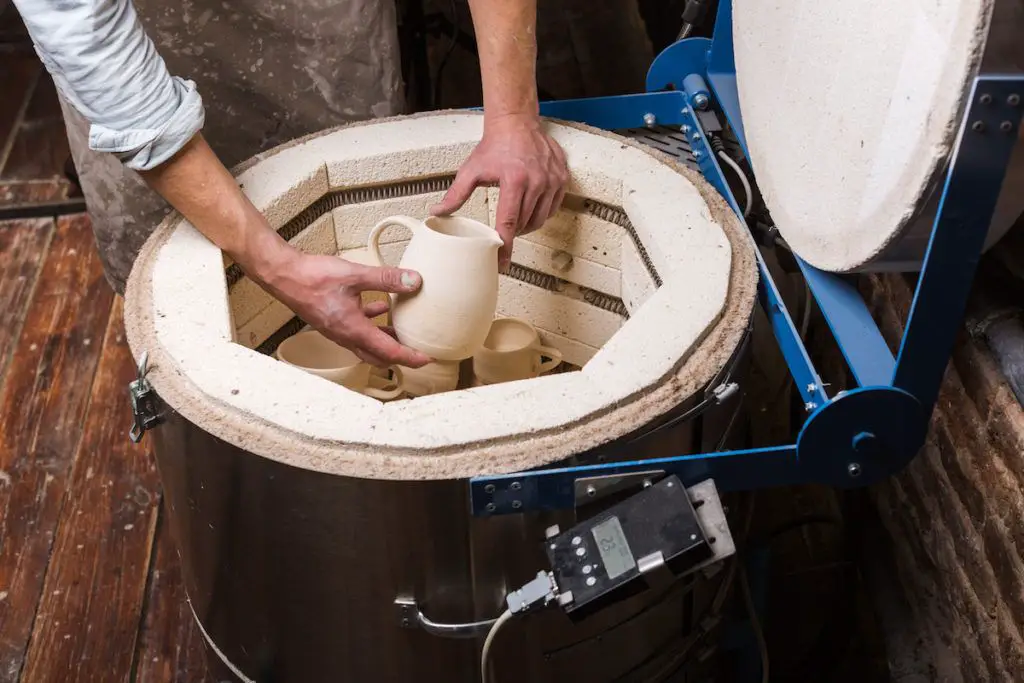
Clay
One of the most popular materials to work with in a small kiln is clay. Clay is an extremely versatile material that can be molded into endless creations. When fired at high temperatures, the clay undergoes a chemical change and becomes hard and durable. There are many options when working with clay in a kiln.
Firing clay figures/sculptures is a great way to preserve your artistic creations. Any type of figure or sculpture can be designed from clay. Once the sculpture is completed, it can be fired in the kiln to harden and solidify the form. Low-fire clays only require the kiln to reach around 1800°F whereas high-fire clays need temperatures between 2200-2400°F. The higher temperatures result in a more vitrified and durable finished product.
Creating terra cotta pots is another common project for small kilns. Terra cotta is made from natural clay and produces an earthy, organic finish. Pots can be shaped by hand or with molds before being fired to about 2000°F. The firing process strengthens the clay and sets the shape of the pot. Decorations can also be added before or after firing. Terra cotta pots have been made for thousands of years and give plants an attractive and breathable home.
Conclusion
As we’ve seen, small kilns allow you to create a diverse array of items including ceramics, glasswork, metalwork, enameling, food, paper, clay, and waxworks. The versatility of small kilns makes them an ideal tool for hobbyists and artists who want to work on a variety of crafts and materials. With proper placement, ventilation, and firing techniques, a small kiln can yield beautiful and functional results in ceramics, glass fusing, jewelry, food dehydration, bookmaking, and more.
For those getting started with a small kiln, tips include reading the manual thoroughly, finding kiln firing schedules online for guidance, starting with simple projects first, practicing consistently to hone technique, buying kiln furniture like shelves and posts, wearing protective equipment like gloves and goggles, ventilating the area during firing, monitoring the kiln during lengthy firings, and maintaining the kiln per the manufacturer’s instructions. With practice and experimentation, small hobby kilns allow creators to produce one-of-a-kind pieces from the comfort of home.

